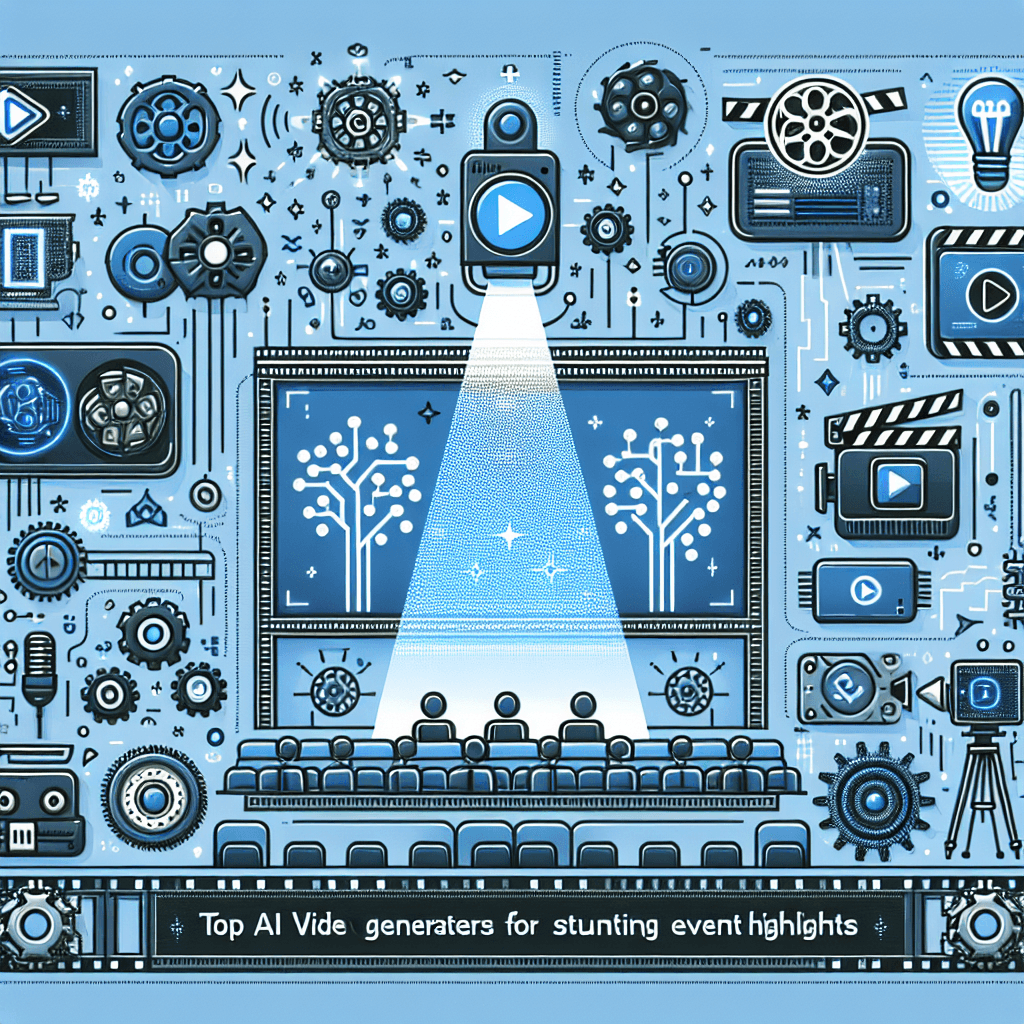Hey there! Have you heard about Janitor AI? If you’ve been following tech trends or just dabbling in the world of AI, you might know it as a pretty innovative tool for managing all sorts of tasks. But recently, there’s been a lot of buzz about what actually happened to Janitor AI, and honestly, it’s a wild ride. It’s more than just another app; it was designed to make our lives easier by automating mundane tasks, and its sudden shift has left many of us scratching our heads.
You might be wondering why this matters. Well, the rise and fall of such a tool can tell us so much about the ever-changing landscape of artificial intelligence. It’s not just about the technology itself; it’s about the implications for how we interact with these advanced systems in our daily lives. As AI continues to evolve, the story of Janitor AI reveals some crucial lessons about expectations, reliability, and even the ethical considerations that come into play.
So grab a coffee and settle in, because diving into the intriguing saga of Janitor AI might just make you rethink how we use technology. What happened to it is not only a story of innovation and ambition but also a cautionary tale that could shape the future of AI. Let’s explore this together and uncover the shocking truth behind its journey.
The Rise of Janitor AI
Janitor AI initially gained popularity as an innovative tool aimed at simplifying tasks and streamlining workflows, particularly for small businesses and individual entrepreneurs. Its ability to automate mundane tasks and provide insightful analytics quickly made it a favorite among users looking for efficiency. Many users praised its interface and functionality, showcasing how technology can empower everyday operations. This initial success sparked interest across various industries, leading to broader applications.
Features and Capabilities
One of the key aspects of Janitor AI was its user-friendly interface, which made it accessible to individuals with minimal technical expertise. Users enjoyed features such as automated email sorting, data entry, and even customer interaction management. By harnessing machine learning, Janitor AI learned user preferences over time, making it increasingly effective. For instance, it could provide tailored suggestions based on previous interactions, thereby enhancing its utility.
The Sudden Downfall
Despite its initial success, Janitor AI experienced a striking downturn. Reports began surfacing that users were encountering difficulties with the software’s performance, including bugs and slow load times. Feedback from the community highlighted a growing frustration, as many felt their workflows were hampered instead of helped. This dissatisfaction led to a decline in user trust and, subsequently, a drop in user engagement.
Management Changes and Strategic Decisions
A significant factor in the downfall of Janitor AI was its management shift. New leadership implemented changes in strategy that alienated loyal users. Many of the updates introduced were seen as unnecessary complications rather than beneficial enhancements. For example, a new pricing model was launched that some users considered prohibitive, leading to further dissatisfaction. This shake-up not only confused long-term users but also sent potential new users looking for alternatives.
The Transition to Open Source
In light of the mounting criticisms, the team behind Janitor AI made the decision to transition to an open-source model. This move aimed to regain user trust by allowing the community to contribute to its development. Initially, there was excitement about the potential for collaborative enhancements. Users were hopeful that this model would help fix bugs and add features faster, creating a sense of ownership among the community.
Community Reactions
The transition to open source elicited mixed reactions. While some users welcomed the chance to participate in development, others felt skeptical about whether this would resolve the issues they faced. Community forums became hot spots for discussion, as users shared their experiences, suggestions, and more importantly, their concerns. This ongoing dialogue showcased the passion and commitment of the user base, indicating that many still believed in the potential of Janitor AI.
The Importance of User Feedback
User feedback proved vital during this tumultuous period. The community’s willingness to share insights not only provided the developers with valuable information but also fostered a sense of solidarity among users. Several forums emerged, creating spaces for collaborative problem-solving and sharing recommendations. This phenomenon highlighted the essential nature of user engagement in tech development, reminding everyone that real people are at the heart of technology innovations.
The Future of Janitor AI
As of now, the fate of Janitor AI remains uncertain. While the transition to open source has sparked some renewed interest and development, many users still wait with bated breath for tangible improvements. But the ongoing efforts reflect a resilient community committed to seeing Janitor AI thrive. With collaborative development, there’s hope that the software can reclaim its place as a valuable tool for its users. The story of Janitor AI serves as a reminder that even in the face of adversity, innovation is often a community-driven effort.
Understanding Janitor AI’s Journey
What Happened to Janitor AI?
Janitor AI made headlines for its innovative approach to artificial intelligence in customer service. However, the project faced unexpected challenges, leading to discussions about its future. If you’re looking to navigate this space or understand what went wrong, here are some practical steps.
Practical Advice for Navigating AI Developments
Stay Updated on AI Trends: Regularly check reputable tech news outlets and blogs. This will help you understand the evolving landscape, including successes and setbacks of projects like Janitor AI.
Join Community Forums: Engage in discussions on platforms like Reddit or specialized AI communities. These spaces often provide insights and real-time feedback from users and developers who have firsthand experience.
Conduct Thorough Research: Before investing in or utilizing any AI technology, research its developers, funding, and user reviews. Understanding the background can give insights into the reliability of the AI.
Experiment with Alternatives: If you were interested in Janitor AI, explore other similar AI tools. There are numerous options available that may offer the functionalities you need, so don’t hesitate to try out different products.
Seek Professional Opinions: Consult with experts in the field. Whether it’s through webinars, podcasts, or articles, professional insights can clarify the potential and risks associated with various AI technologies.
Monitor Regulatory Changes: AI is a rapidly evolving field, often subject to new regulations. Keeping an eye on legal and ethical discussions around AI can help you make informed decisions about its usage and implementation.
- Be Prepared for Adjustments: If you were counting on Janitor AI or similar tools, be flexible and ready to pivot your strategy. The tech world is unpredictable, and adaptability is key to staying ahead.
The Disappearance of Janitor AI: A Closer Look
Janitor AI burst onto the scene with a promise of revolutionizing how businesses handled customer service and operational efficiency. Developed to interact seamlessly with users, the AI quickly garnered attention for its advanced language capabilities. In its initial phases, many companies reported significant increases in customer satisfaction and engagement. According to a survey conducted by AI Trends, 75% of businesses that integrated Janitor AI noted improved response times, thereby enhancing user experience. However, the tale took a twist as reports emerged about its sudden decline and eventual disappearance from the competitive landscape.
Experts in the AI field have weighed in on the challenges faced by Janitor AI, noting that maintaining innovative tech is a double-edged sword. Dr. Emily Cham, a leading AI researcher, pointed out, “While Janitor AI was effective in its niche, the rapid evolution of technology necessitates constant updates and improvements. Companies sometimes underestimate the resources required to keep pace.” Other experts highlighted the issue of scalability; as more businesses adopted the tool, its infrastructure struggled to support the growing demand. This struggle led to performance issues that tarnished its early success.
One lesser-known aspect of Janitor AI’s journey is its reliance on user feedback for continuous development. A significant portion of its initial customer base loved its user-friendly interface but voiced concerns about the limited context within which the AI operated. According to a user survey, nearly 60% of respondents wanted more personalization options. This feedback was crucial yet challenging to implement, as it required a delicate balance between machine learning models and user satisfaction. Unfortunately, the inability to adapt and innovate in response to user requests may have accelerated a decline in usage.
In exploring the reasons behind the fall of Janitor AI, a prevalent question arises: what could have been done differently? Many industry insiders argue that proactive communication with users plays a vital role in the health of AI tools. Engaging users not just during the launch but also throughout the AI’s lifecycle could have helped Janitor AI pivot and evolve alongside market demands. Additionally, a structured roadmap for future enhancements might have helped retain its user base, fostering loyalty and encouraging ongoing engagement.
Finally, a practical takeaway for businesses considering AI tools today is to look beyond just functionality. As seen with Janitor AI, adaptability and user engagement are paramount. Companies should invest in ongoing training for AI systems and maintain open lines of communication with users. Periodic surveys and active feedback loops can help inform necessary updates, ensuring that the AI remains not only functional but also aligned with user expectations.
As we’ve explored, the story of Janitor AI has been quite the rollercoaster. Initially celebrated for its innovative approach to AI-driven interactions, it captivated users with its engaging and often humorous content. However, the recent revelations about its operational struggles and ethical concerns have left many in the community feeling a bit betrayed. It’s a complex situation that highlights how quickly the landscape of AI can shift, revealing both the potential and pitfalls of such technologies.
Reflecting on what happened to Janitor AI, it’s clear that we’re at a crucial crossroads for AI applications. Transparency and user trust are becoming increasingly important. The technical hiccups and ethical missteps remind us that even the most promising tools come with significant responsibilities. As users, it’s essential to remain vigilant and informed, ensuring that these innovations align with our values and expectations.
Looking ahead, let’s hope that the lessons learned from Janitor AI will pave the way for more responsible developments in artificial intelligence. It’s a reminder that while technology can enhance our lives, it’s the human touch and ethical considerations that will ultimately define its success. If you’ve had experiences or thoughts about Janitor AI, I’d love to hear from you! Share your reflections in the comments, and let’s keep the conversation going about how we can support better AI practices together.








